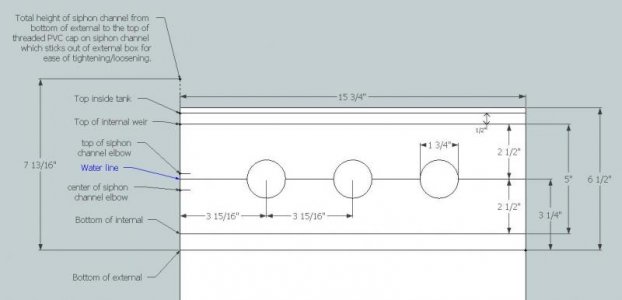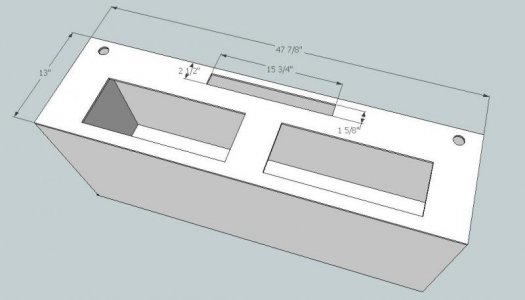jb61264
New member
I have a Mag 18 on my 75 mixed reef with a 55 sump below...lift is about 3-4' and I split my returns to both corners...I also T off my return to a refugium...I guesstimate I'm getting about 500-600 gph out of each return and it is nothing for the silent/failsafe overflow to handle...I supplement with two Koralia 1's and have great results.Thanks for super quick response!Puts me at ease. I may stick to the 1" bulkheads and 1.5" piping. The flow rate should be plenty as it is. I'll be supplementing with at least a pair of power heads with a wave maker anyhow for some extra turbulence.


